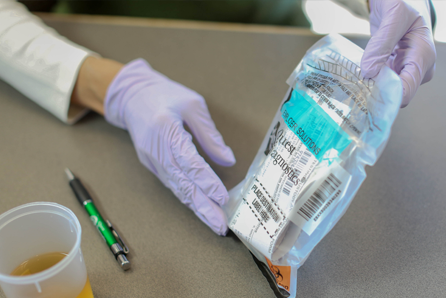Vertical Of Dt
Post-Accident Drug Testing

There is peace of mind that comes from discounting drug use as a potential influence in a workplace accident.
As its name indicates, post-accident, sometimes referred to as “post-incident,” drug testing is performed after an employee has been involved in a workplace accident. Testing is used to determine whether drugs were a factor in the incident. Employers who implement post-accident drug testing must establish objective criteria for how and when testing will occur. Some examples of criteria include fatalities, injuries that required medical assistance, police citations, or damages to a vehicle or property above a specified monetary amount. Although the result of a post-accident test may determine drug use, a positive result in and of itself cannot prove that drug use caused an accident.
Post-accident testing should be done within 12 hours of the incident, since different drugs may have different windows of detection. Generally, employees should not return to work until after test results have been received.
Currently, urine is the only specimen type permitted for federally-mandated drug testing programs. In the general Indian workforce, as with reasonable suspicion drug testing, urine and oral fluid are appropriate post-accident testing specimen types. This is due to their ability to detect recent drug use and its potential involvement in the accident. In contrast, hair testing, which represents long term patterns of repetitive use, is not appropriate for post-accident drug testing.
Unlike most of the other reasons for testing, post-accident testing is less about avoiding hiring a drug using applicant or discouraging drug use among employees. Instead it’s used as an aid in assessing whether unsafe work practices may be related to drug use. Moreover, employers in certain states may be eligible for certain benefits related to workers’ compensation insurance premiums and claims if they participate in their state’s voluntary drug free workplace programs that typically includes both pre-employment and post-accident drug testing. That said, there is also peace of mind that comes from discounting the impact of drug use as a potential influence in an accident. As a result, post-accident drug testing is one more resource at an employer’s disposal as they work to improve health and safety while reducing cost and risk as part of a comprehensive workplace drug testing program.
Drug testing can help to improve employee morale and productivity while decreasing absenteeism, accidents, downtime, turnover, and theft. Because every business and workforce is unique, every employer should make a careful determination about the drug testing program elements that are most beneficial for their workplace.

